Recombinant Human Oral-facial-digital syndrome 1 protein (OFD1), partial
-
中文名稱:人OFD1重組蛋白
-
貨號:CSB-YP016289HU
-
規格:
-
來源:Yeast
-
其他:
-
中文名稱:人OFD1重組蛋白
-
貨號:CSB-EP016289HU
-
規格:
-
來源:E.coli
-
其他:
-
中文名稱:人OFD1重組蛋白
-
貨號:CSB-EP016289HU-B
-
規格:
-
來源:E.coli
-
共軛:Avi-tag Biotinylated
E. coli biotin ligase (BirA) is highly specific in covalently attaching biotin to the 15 amino acid AviTag peptide. This recombinant protein was biotinylated in vivo by AviTag-BirA technology, which method is BriA catalyzes amide linkage between the biotin and the specific lysine of the AviTag.
-
其他:
-
中文名稱:人OFD1重組蛋白
-
貨號:CSB-BP016289HU
-
規格:
-
來源:Baculovirus
-
其他:
-
中文名稱:人OFD1重組蛋白
-
貨號:CSB-MP016289HU
-
規格:
-
來源:Mammalian cell
-
其他:
產品詳情
-
純度:>85% (SDS-PAGE)
-
基因名:OFD1
-
Uniprot No.:
-
別名:71 7A; 717A; CXorf5; JBTS10; Ofd1; OFD1_HUMAN; oral facial digital syndrome 1; Oral-facial-digital syndrome 1 protein; OTTHUMP00000022941; Protein 71-7A; RGD1562231; SGBS2
-
種屬:Homo sapiens (Human)
-
蛋白長度:Partial
-
蛋白標簽:Tag?type?will?be?determined?during?the?manufacturing?process.
The tag type will be determined during production process. If you have specified tag type, please tell us and we will develop the specified tag preferentially. -
產品提供形式:Lyophilized powder
Note: We will preferentially ship the format that we have in stock, however, if you have any special requirement for the format, please remark your requirement when placing the order, we will prepare according to your demand. -
復溶:We recommend that this vial be briefly centrifuged prior to opening to bring the contents to the bottom. Please reconstitute protein in deionized sterile water to a concentration of 0.1-1.0 mg/mL.We recommend to add 5-50% of glycerol (final concentration) and aliquot for long-term storage at -20℃/-80℃. Our default final concentration of glycerol is 50%. Customers could use it as reference.
-
儲存條件:Store at -20°C/-80°C upon receipt, aliquoting is necessary for mutiple use. Avoid repeated freeze-thaw cycles.
-
保質期:The shelf life is related to many factors, storage state, buffer ingredients, storage temperature and the stability of the protein itself.
Generally, the shelf life of liquid form is 6 months at -20°C/-80°C. The shelf life of lyophilized form is 12 months at -20°C/-80°C. -
貨期:Delivery time may differ from different purchasing way or location, please kindly consult your local distributors for specific delivery time.Note: All of our proteins are default shipped with normal blue ice packs, if you request to ship with dry ice, please communicate with us in advance and extra fees will be charged.
-
注意事項:Repeated freezing and thawing is not recommended. Store working aliquots at 4°C for up to one week.
-
Datasheet :Please contact us to get it.
相關產品
靶點詳情
-
功能:Component of the centrioles controlling mother and daughter centrioles length. Recruits to the centriole IFT88 and centriole distal appendage-specific proteins including CEP164. Involved in the biogenesis of the cilium, a centriole-associated function. The cilium is a cell surface projection found in many vertebrate cells required to transduce signals important for development and tissue homeostasis. Plays an important role in development by regulating Wnt signaling and the specification of the left-right axis. Only OFD1 localized at the centriolar satellites is removed by autophagy, which is an important step in the ciliogenesis regulation.
-
基因功能參考文獻:
- The authors demonstrate that OFD1 cooperates with the mRNA binding protein Bicc1 to functionally control the protein synthesis machinery at the centrosome where also the PIC and eIF4F components were shown to localize in mammalian cells. PMID: 28450740
- In our study, we identified a novel OFD1 mutation c.2843_2844 delAA (p.Lys948ArgfsX) in a 3-month-old boy with phenotypes of JBTS. The de-novo OFD1 mutation in exon 21 of OFD1 results in a frameshift and a substitution of Arg to Lys at the 948th amino-acid residue, generating a prematurely truncated protein. PMID: 28505061
- Loss of OFD1 expression is associated with Oral-facial-digital syndrome type I. PMID: 27798113
- The underlying pathogenesis of CHD in OFD1 (and other ciliopathies) probably involves dysfunction of the primary cilia regarding coordination of left-right signalling during early heart development. PMID: 28371265
- polycystins are necessary for assembly of a novel flotillin-containing ciliary signaling complex and provide a molecular rationale for the common renal pathologies caused by OFD1 and polycystin mutations. PMID: 25180832
- OFD1 regulation and primary cilium formation are defective in autophagy-deficient cells PMID: 24343661
- loss of BBS1, BBS4, or OFD1 led to decreased NF-kappaB activity and concomitant IkappaBbeta accumulation and that these defects were ameliorated with SFN treatment. PMID: 24691443
- Novel OFD1 mutations have been identified in males with orofaciodigital syndromes and ciliary basal body docking impairment. PMID: 23036093
- Identification of a causative splicing mutation in OFD1, through exome sequencing, in a family with three males having an 'unclassified' X-linked lethal congenital malformation syndrome. PMID: 22548404
- Data indicate that although the OFD1 gene apparently escapes X-inactivation, skewed inactivation was observed in seven of 14 patient. PMID: 23033313
- Deep intronic mutation in OFD1 causes a severe form of X-linked retinitis pigmentosa. PMID: 22619378
- Sequence deletion in OFD1 has been identified as the cause of X-linked Joubert syndrome. PMID: 22353940
- A single-base deletion in exon 16 of OFD1 (c.2183delG) leading to a frameshift was detected in proband, her mother, and her sister. All 3 women had similar oral phenotype; new mutation might be involved in development of OFD1 oral manifestations. PMID: 21729220
- Documentation of OFD I mutations, extreme beading of the intrahepatic bile ducts and pancreatic cysts of patients having hepatic, pancreatic, and renal cystic disease. PMID: 20818665
- Ofd1 acts at the distal centriole to build distal appendages, recruit Ift88, and stabilize centriolar microtubules at a defined length. PMID: 20230748
- OFD1 plays a role in differentiation of metanephric precursor cells. PMID: 12595504
- demonstrated that OFD1 is conserved among vertebrates and absent in invertebrates; evolutionarily conserved domains in the protein were identified; nonfunctional OFD1 copies, organized in repeat units on the human Y chromosome, were identified PMID: 12782125
- These striking patterns of OFD1 localization within cells place the protein at key sites, where it may play roles not only in microtubule organization (centrosomal function) but also in mechanosensation of urine flow (a primary ciliary function). PMID: 15466260
- In 11 families, 11 novel mutations, including nine frameshift, one nonsense, and one missense mutation were identified, which spanned nine different exons. PMID: 16397067
- Study reports on a large family in which a novel X-linked recessive mental retardation (XLMR) syndrome comprising macrocephaly and ciliary dysfunction co-segregates with a frameshift mutation in the OFD1 gene. PMID: 16783569
- OFD1 may be part of a multi-protein complex and could play different biological functions in the centrosome-primary cilium organelles as well as in the nuclear compartment PMID: 17761535
- exon 3 nucleotide change, 243C>G, leading to the missense mutation H81Q, [is] causative mutation [of] orofaciodigital I syndrome PMID: 18177199
- Six OFD1 genomic deletions (exon 5, exons 1-8, exons 1-14, exons 10-11, exons 13-23 and exon 17) were identified, accounting for 5% of OFDI patients and for 23% of patients with negative mutation screening by DNA sequencing. PMID: 19023858
- Odontoblasts in vitro express tubulin, inversin, rootletin, OFD1, BBS4, BBS6, ALMS1, KIF3A, PC1, and PC2. In vivo, cilia align parallel to dentin walls with top part oriented toward pulp core. Close relations between cilium and nerve fibers are found. PMID: 19783798
- OFD1 is mutated in X-linked Joubert syndrome and interacts with LCA5-encoded lebercilin PMID: 19800048
顯示更多
收起更多
-
相關疾病:Orofaciodigital syndrome 1 (OFD1); Simpson-Golabi-Behmel syndrome 2 (SGBS2); Joubert syndrome 10 (JBTS10); Retinitis pigmentosa 23 (RP23)
-
亞細胞定位:Cytoplasm, cytoskeleton, microtubule organizing center, centrosome, centriole. Cytoplasm, cytoskeleton, cilium basal body. Nucleus. Cytoplasm, cytoskeleton, microtubule organizing center, centrosome, centriolar satellite.
-
蛋白家族:OFD1 family
-
組織特異性:Widely expressed. Expressed in 9 and 14 weeks old embryos in metanephric mesenchyme, oral mucosa, lung, heart, nasal and cranial cartilage, and brain. Expressed in metanephros, brain, tongue, and limb.
-
數據庫鏈接:
Most popular with customers
-
Recombinant Human T-cell immunoreceptor with Ig and ITIM domains (TIGIT), partial (Active)
Express system: Mammalian cell
Species: Homo sapiens (Human)
-
Recombinant Human Intestinal-type alkaline phosphatase (ALPI) (Active)
Express system: Mammalian cell
Species: Homo sapiens (Human)
-
Recombinant Human Glucagon-like peptide 1 receptor (GLP1R), partial (Active)
Express system: Mammalian cell
Species: Homo sapiens (Human)
-
Recombinant Human Tomoregulin-2 (TMEFF2), partial (Active)
Express system: Mammalian cell
Species: Homo sapiens (Human)
-
Recombinant Human Alkaline phosphatase, germ cell type (ALPG) (Active)
Express system: Mammalian cell
Species: Homo sapiens (Human)
-
Recombinant Rat Gastric inhibitory polypeptide receptor (Gipr), partial (Active)
Express system: Mammalian cell
Species: Rattus norvegicus (Rat)
-
Recombinant Human Dipeptidase 3(DPEP3), partial (Active)
Express system: Mammalian cell
Species: Homo sapiens (Human)
-
Recombinant Human Tumor necrosis factor ligand superfamily member 15(TNFSF15) (Active)
Express system: Mammalian cell
Species: Homo sapiens (Human)


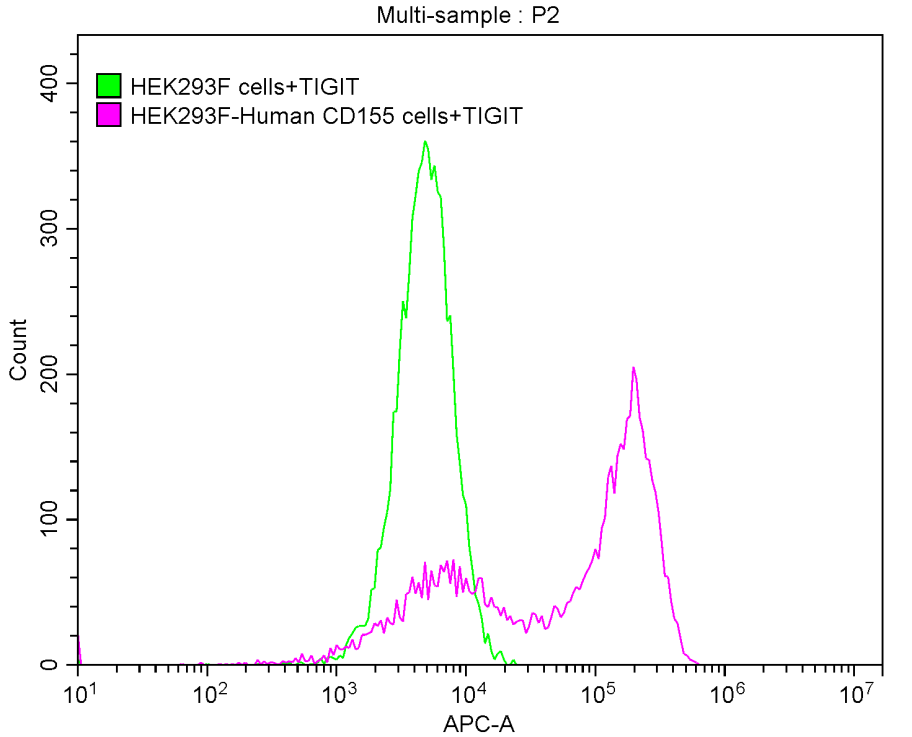

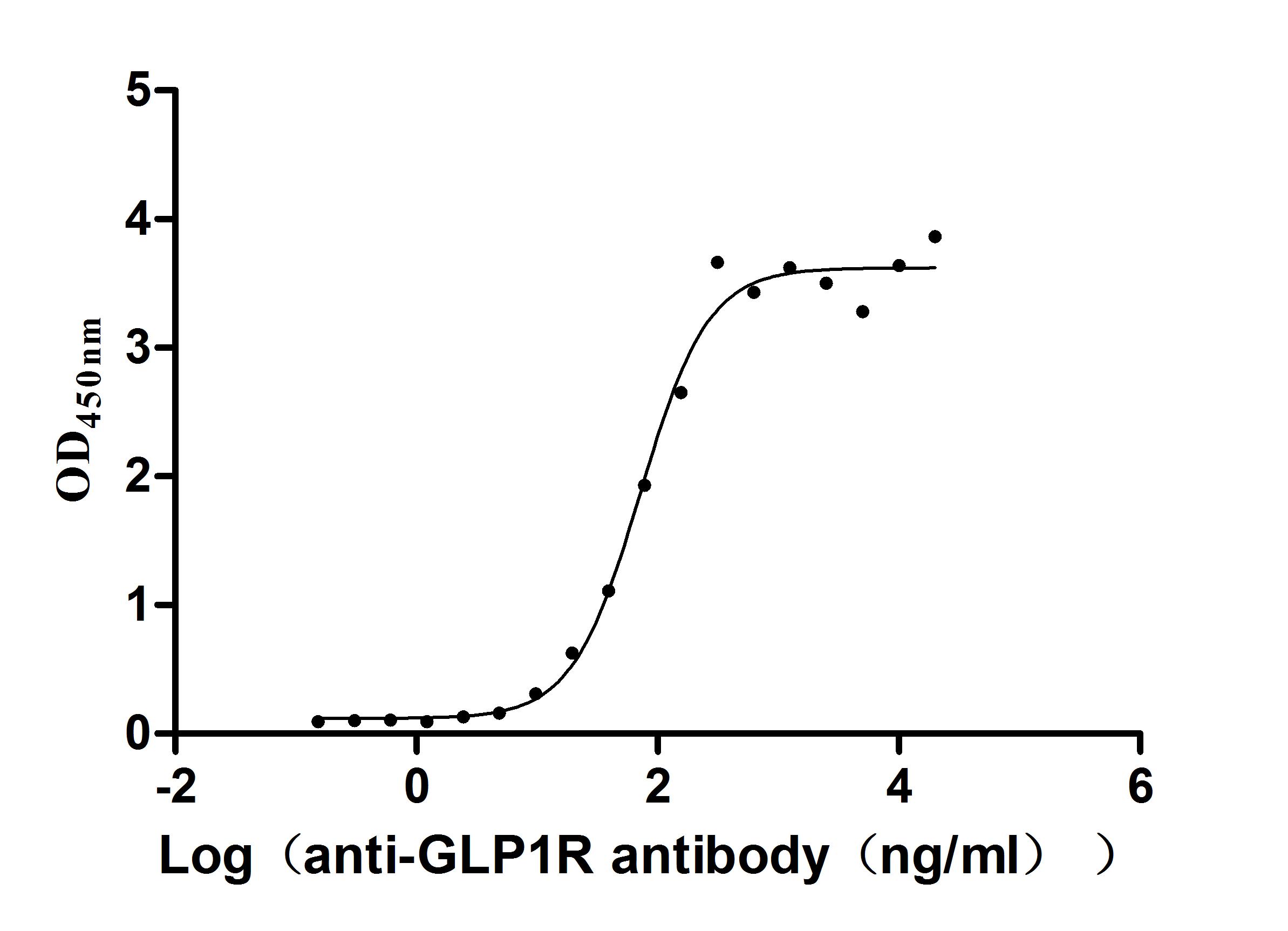
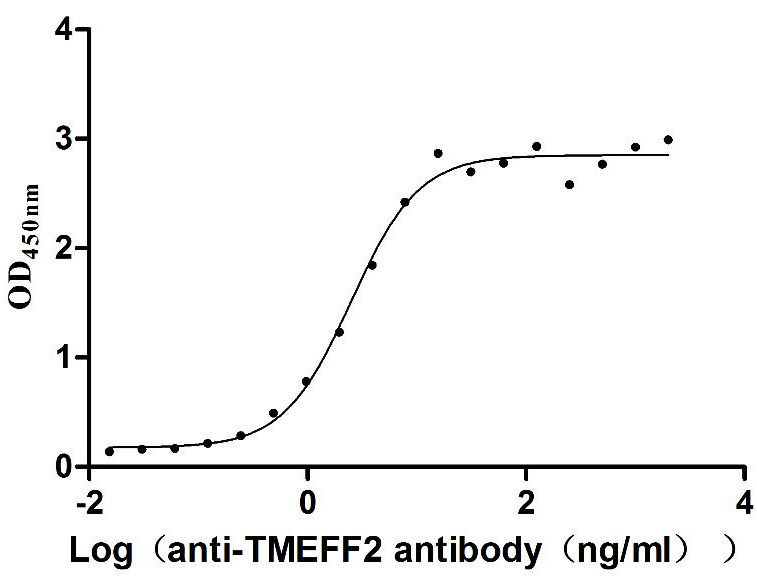
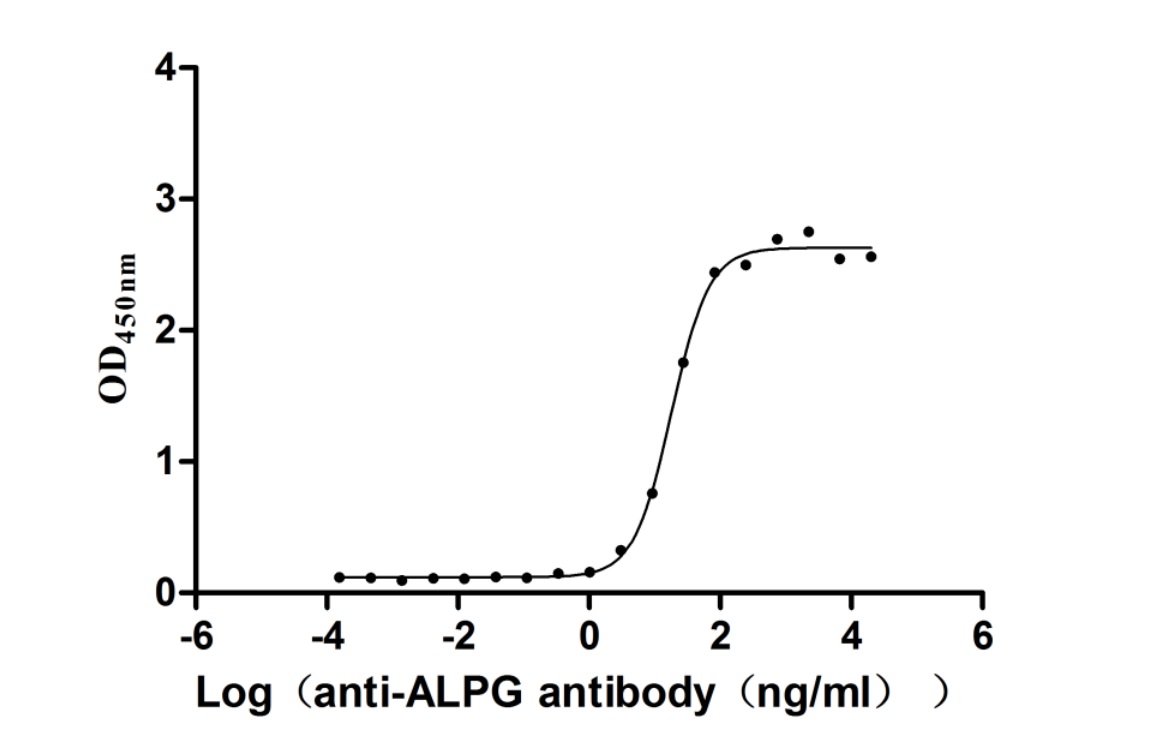
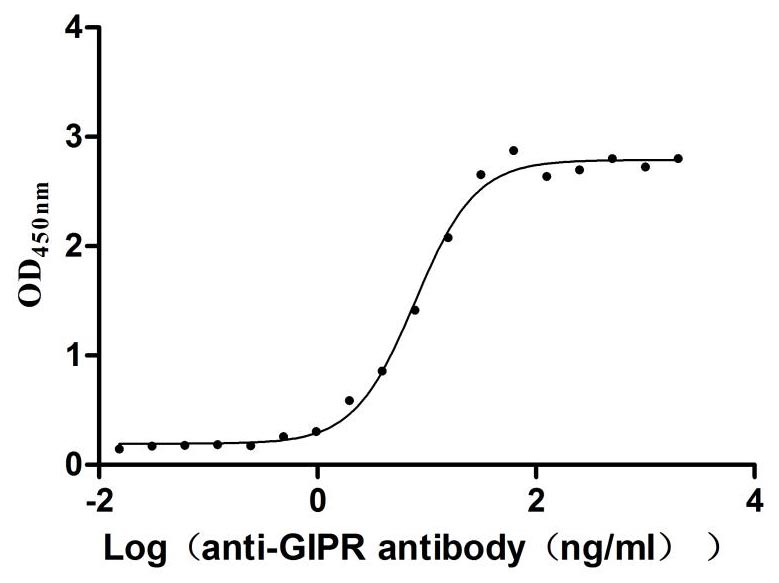
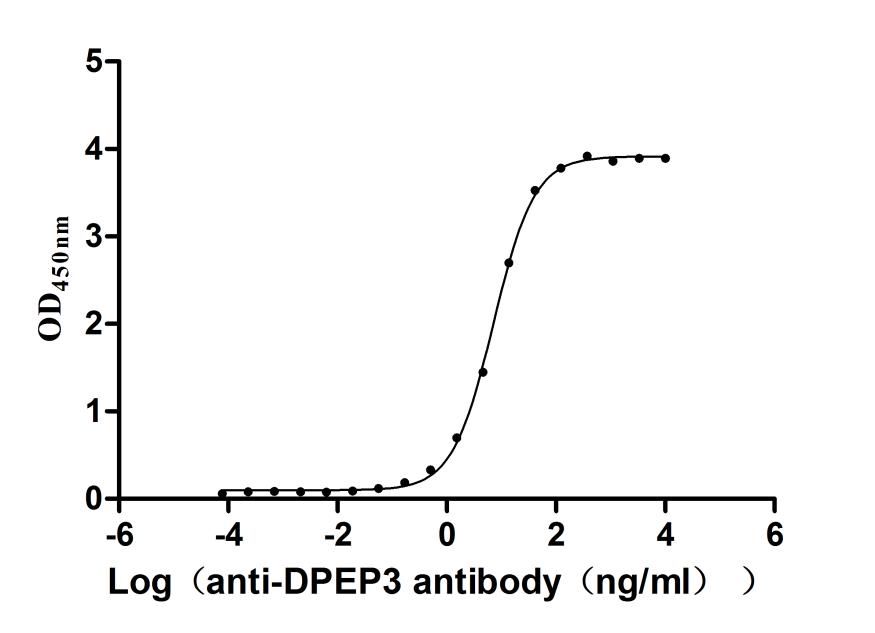
-AC1.jpg)









